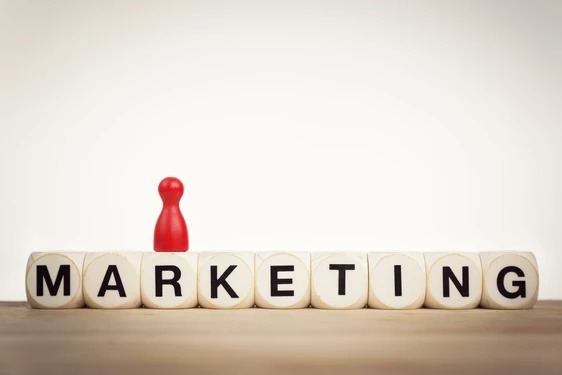Every company that sells a logistics product or service is trying to figure out exactly what their customers want. When creating content for your marketing and sales platforms, deciding which selling points and stories will be most effective for your customers can be difficult. Creating a buyer persona, then, becomes an important part of accurate, content marketing.
What is a Buyer Persona?
A buyer persona is a character profile of your customer, which helps to understand their wants and needs. The buyer persona should include information on demographics, purchasing motivation, and behavior patterns. A buyer persona can then be used to build your marketing campaigns and be utilized by sales and product development as well.
One size does not fit all when it comes to buyer personas. Every company will have multiple, unique profiles based on their audiences.
Benefits
Knowing the industry and job description is not enough to truly understand your customers. Creating a buyer persona will enable you to determine your customers’ personalities, from which you can base your marketing campaigns. Campaigns will have more relevant content that really speaks to your customers desires and pain points.
Buyer personas are not only for the marketing team to use, however. By understanding your customers at this intimate level, product development can design new products that they need. The sales team can use language about how your products or services can solve their dilemmas.
How to Create a Buyer Persona
There are many tools and templates that can be used to build a buyer persona, including the following:
Market Research: Focus groups and one-on-one interviews will produce the exact type of information that can be utilized to create the profile. The only disadvantage is that a small sample size can sometimes produce skewed results so combining this with another method might be best.
Questionnaires: Questionnaires are a way to get a lot of data at a lower cost than focus groups. Although you may have to offer incentives to get them completed, they do not need to be expensive. Self-reporting can be less accurate than the data garnered from focus groups.
Data: You can use data gathered from individuals that visit your website or engage with your content on social media to determine what interests your customers. Some users might be outside of your target audience so be careful to mine through the data.
Sales Team: Your own sales team might give you a lot of insight about the wants and needs of your customer base. They can help build the personas of your target market based on conversations with your current customers.
Social Media: Facebook and Google Analytics can provide information on your potential customers such as age, gender, education, job title, interests, goals, income, and pain points.
Road Test
Once you have developed the buyer persona, it needs to be tested, just like any other part of your marketing campaign. This includes testing different messaging to evaluate what resonates the most with your audience.
Video is one way to test your buyer personas, particularly if you run split tests on different audiences. Video engages the audience quickly and can completely deliver your message. Clicks and viewer retention rates will show how effective the video was with certain segments of your audience.
A well-developed buyer persona can help you focus on your target audience to create better content for your potential customers. It will eliminate wasting efforts and resources on marketing to the wrong audience and increase the chances that potential customers will become permanent ones.
#Buyer #BuyerPersona #Marketing #MarketingCampaign #MarketResearch #SocialMedia #Video





